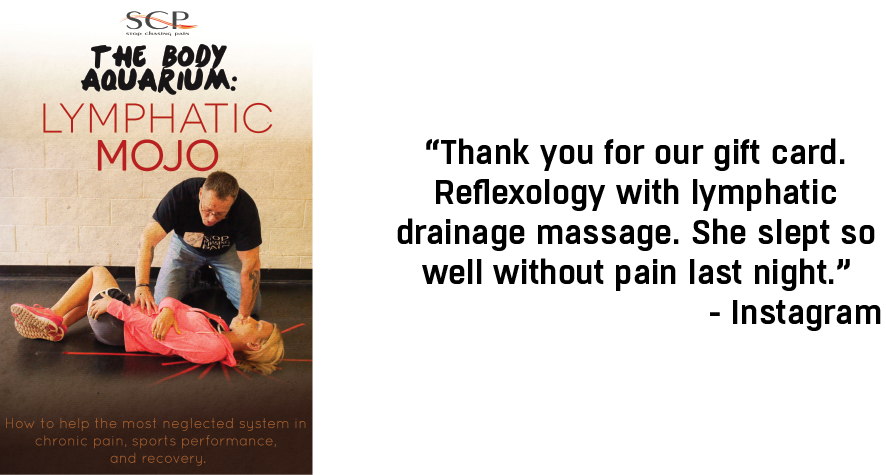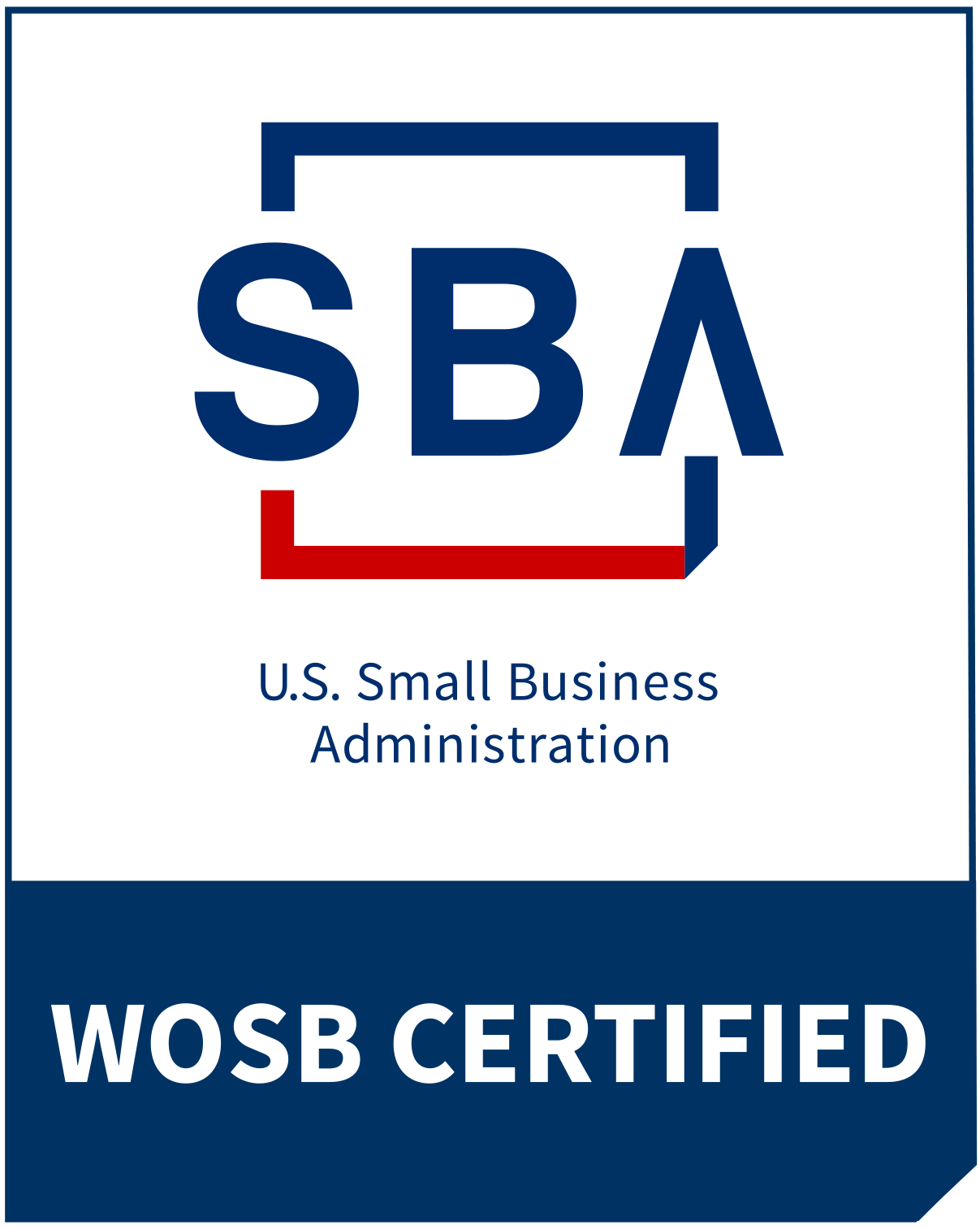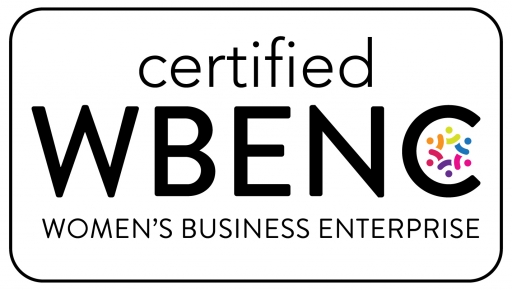Consumers have more access to information than ever before and this is reshaping the role of doctors and medicine. It wasn’t that long ago that the consumer belief was that the only way to address health concerns was through the expert doctor. More empowered than ever, the tide is shifting, and more consumers believe that they can investigate underlying root causes behind health issues and try alternative solutions that don’t necessarily require taking medicine daily.
This is absolutely true of pain management, especially in the era of opioid addiction. More and more people are seeking solutions that don’t put them at risk for addiction, and therefore affecting BigCos who produce traditional pain management solutions.
These 11 OTC-alternatives are being discussed as ways that consumers are hacking their way to pain management in social media:
CBD – available in a wide array of forms, from sparkling water to infused honey and chocolate, CBD is a top alternative consumers are trying. Some brands we’re watching include: Lulu’s Chocolate, Dram and Charlotte’s Web.
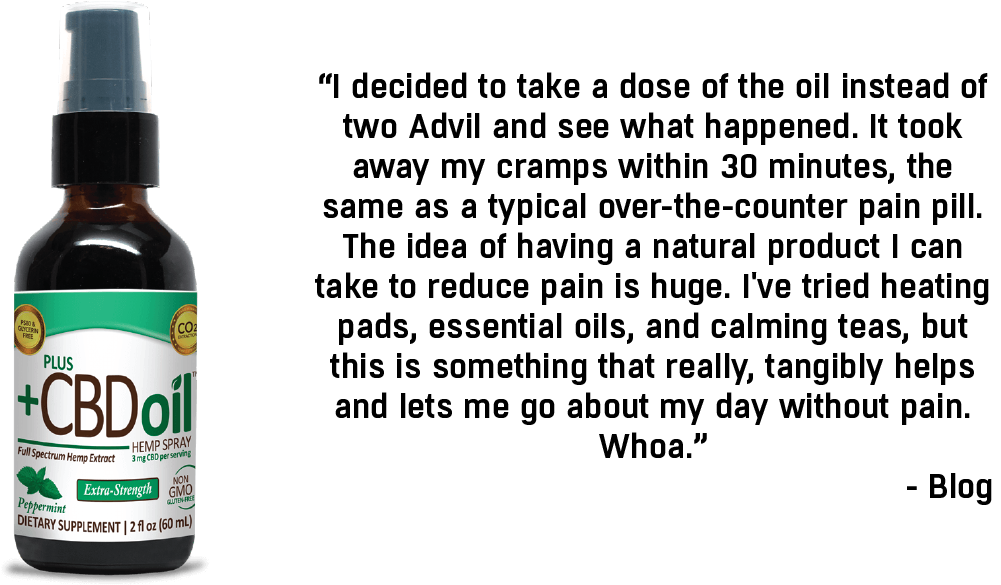
Quell Wearable Pain Tech – “delivers prescription strength pain blocking technology” through it’s wearable device by blocking pain signals to the brain and is controlled by a mobile app.
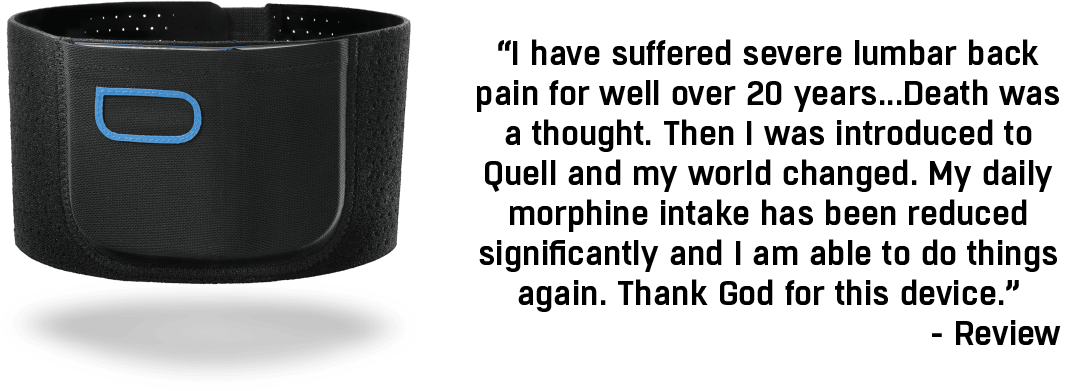
Oura Ring – consumers are hearing about the impact of sleep deprivation through influencers like Arianna Huffington, The Paleo Mom and Dave Asprey. The Oura Ring allows consumers to optimize their sleep and readiness to fuel a variety of health benefits.

Curable App – exercises to retrain the brain in relation to pain based on biopsychosocial models, all available in a convenient app. AI customizes the consumer journey based on their particular needs.
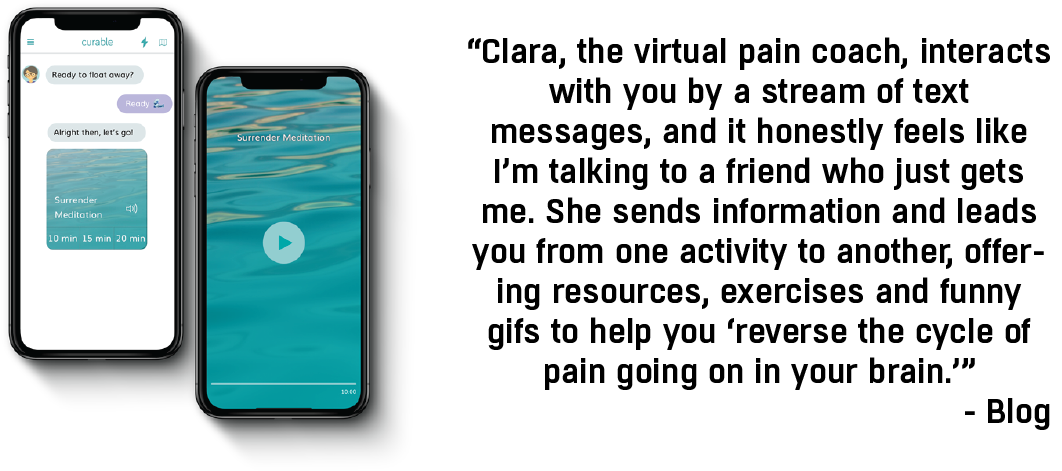
Auto-Immune Paleo Diet (AIP) – many consumers are using this diet to eliminate some of the foods most likely to cause inflammation, including dairy, legumes and nightshades (peppers, tomatoes, eggplant and more). Consumers utilizing this way of eating will systematically re-introduce foods and track their symptoms after each re-introduction to try to identify the culprit foods.
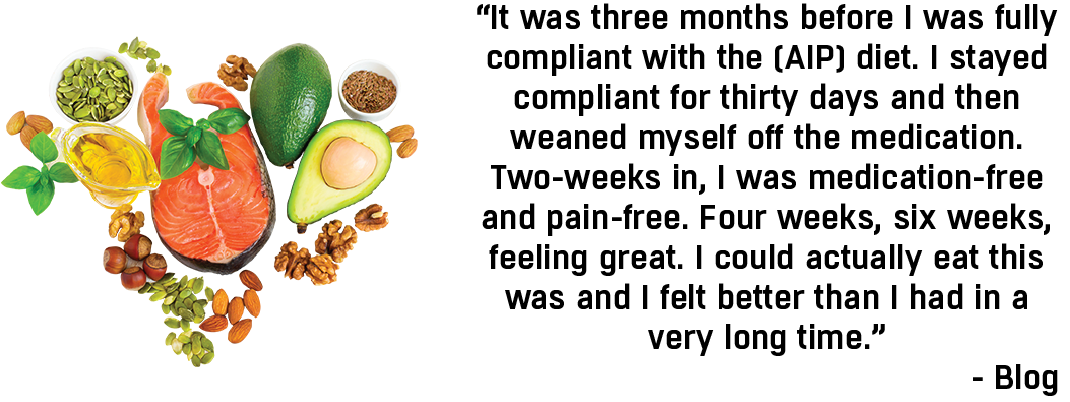
Primal Movement – practitioners like Katy Bowman believe that our modern ways of moving lack movement diversity – meaning that we’re doing the same things over and over, leading to weakness in some areas and overdevelopment in other areas. Instead of doing the same movement over and over (cycling, running, etc) they advocate for mixing up movement types.

Joovv Light – red light therapy (photobiomodulation or PMB) device that “delivers safe, concentrated wavelengths of therapeutic natural light to your skin and cells, where it reduces oxidative stress and stimulates cellular energy production (adenosine triphosphate or ATP). That helps your body power itself, regenerate & heal faster, and reduce joint pain and inflammation.”
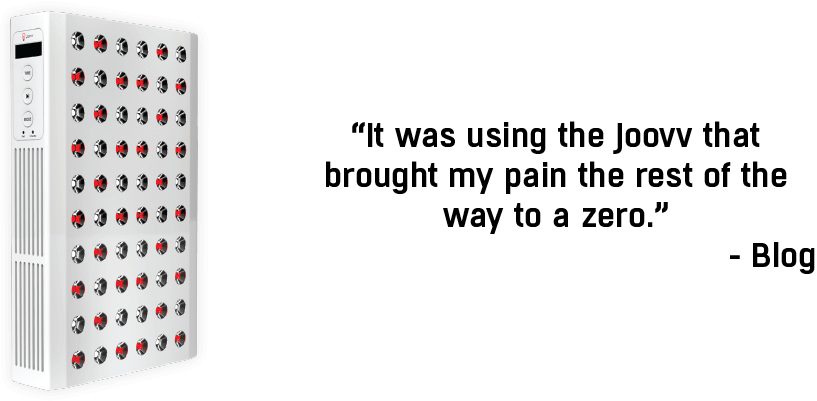
Phosphatidylcholine – Functional Medicine practitioners are driving traction of Patricia Kane’s “PK Protocol” which involves high doses of phosphatidylcholine orally and/or via IV to address neurolipid issues that may be underlying causes for neurological issues. Brand we’re watching: BodyBio.
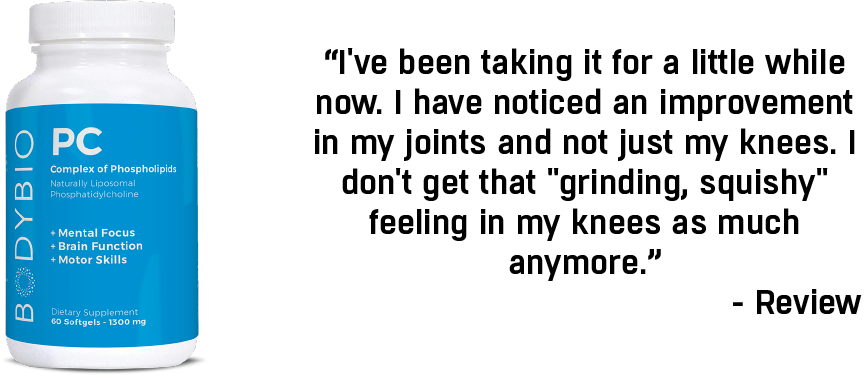
Massage/Fascia Work – many consumers experience relief through massage but can’t afford regular massage through a massage therapist. Instead, they discuss self-massage through the use of tools that enable them to address problem areas. Brands we’re watching: Rad and YogaTuneUp.
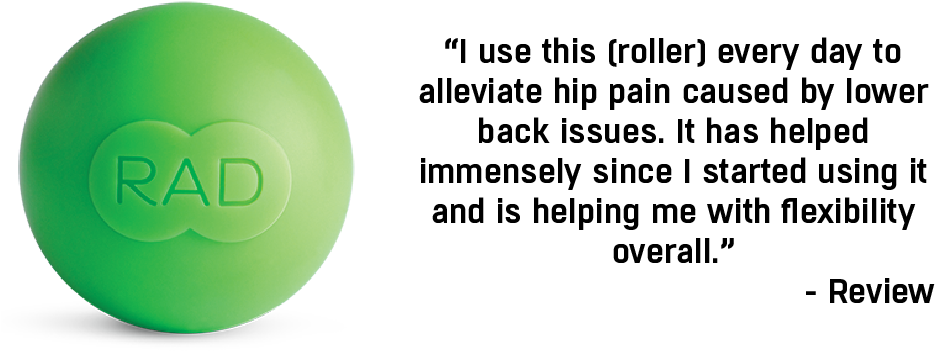
Taping & Cupping – these two methods cause the brain to change how it perceives the area that is being taped/cupped. Cupping has gained popularity after media coverage through the Olympics and other sporting events that address the circular “bruising” on swimmers or other athletes. Brand we’re watching: Rock Tape.
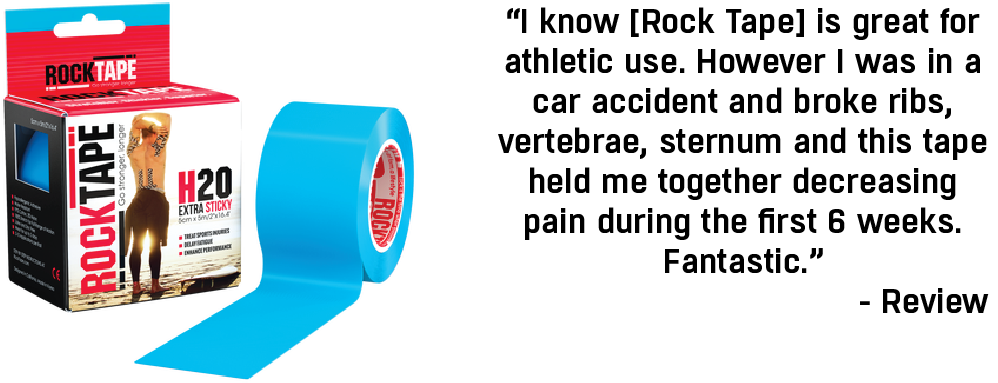
Lymphatic Treatment/Massage – this is the least popular pain-hacking method right now, but we’re seeing consumer conversations about the interstitial layer that scientists discovered last year. This layer contains more fluid than the amount of blood we have in our body. Niche but growing consumer belief is that if we can detox and create adequate movement in this lymph/interstitium, the body will be better able to heal itself. Influencers like Perry Nickelston discuss how painful and problematic these lymph backups can be. Product we’re watching: The Body Aquarium: Lymphatic Mojo.
